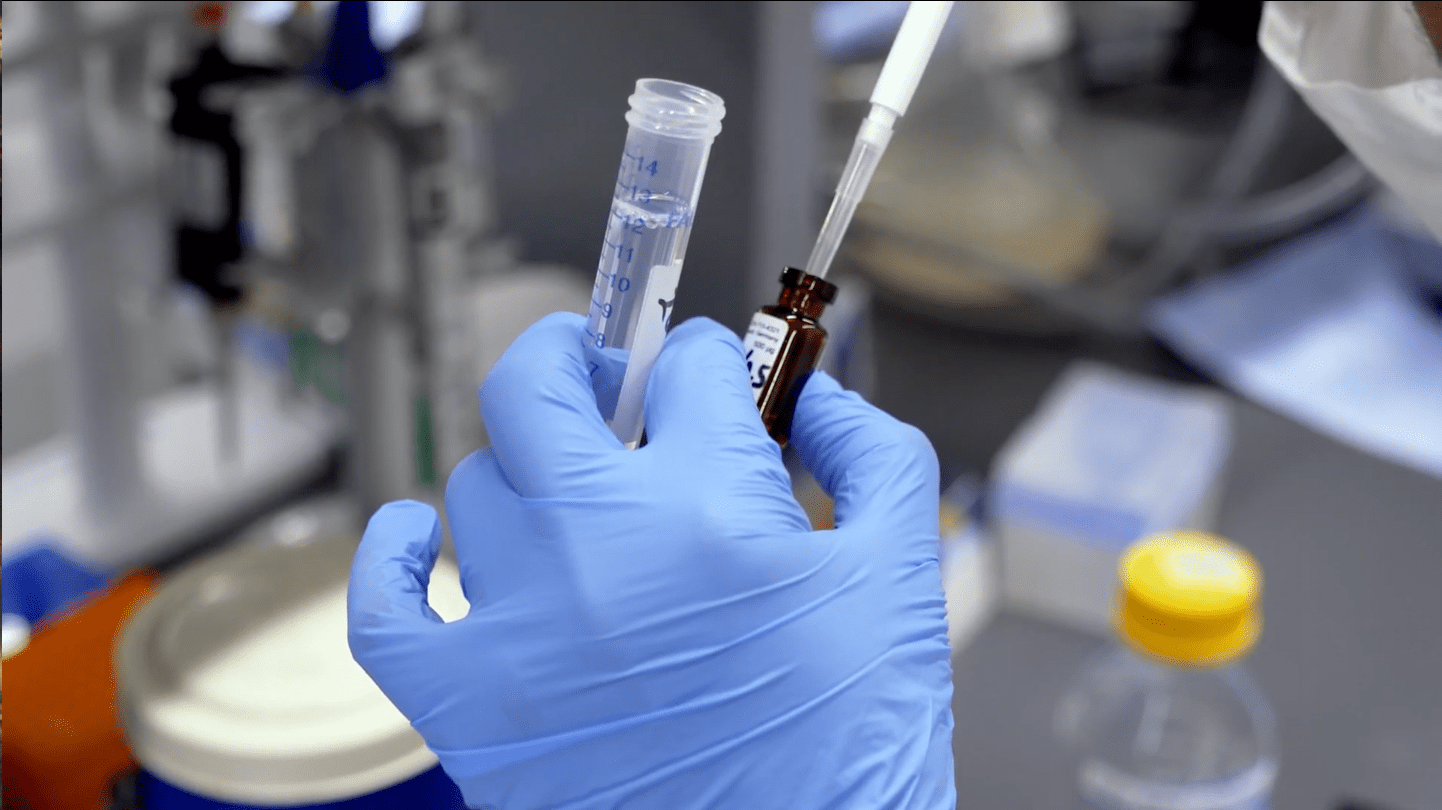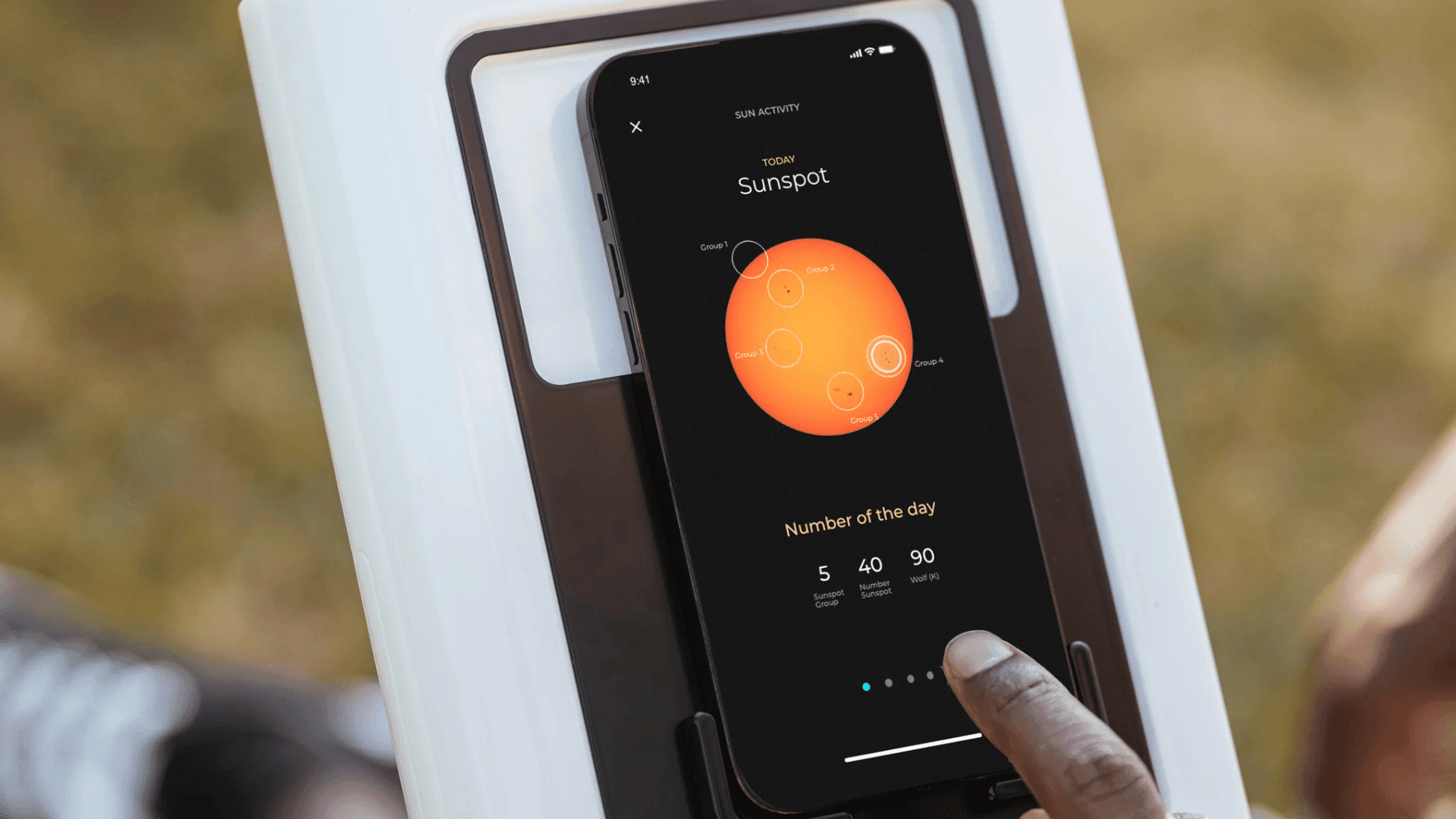Dr. Kevin Tracey, a renowned neurosurgeon and president of the Feinstein Institutes for Medical Research, is pioneering a revolutionary approach to treating inflammatory diseases that could dramatically reduce reliance on powerful medications. His groundbreaking work in bioelectronic medicine leverages the body’s neural circuits to control inflammation—a breakthrough that began with personal tragedy and an accidental laboratory discovery.
Inflammation plays a critical role in our body’s defense mechanisms, but when it persists or intensifies, it becomes destructive. According to Dr. Tracey, inflammation contributes to two-thirds of annual deaths worldwide, underlying conditions like heart disease, stroke, diabetes, Alzheimer’s, and even cancer. The critical question driving his research has been: What if we could stop inflammation in its tracks? What impact would that have on these deadly conditions?
Stopping Inflammation In Its Tracks

The journey to this breakthrough began with a profound personal loss. At age five, Dr. Tracey lost his mother to a brain tumor, inspiring his pursuit of neurosurgery. Years later, while training as a neurosurgeon, he witnessed the death of a young girl named Janice from a burn injury complicated by inflammation. These experiences drove him to understand and combat inflammation at its source.
The pivotal discovery came unexpectedly in the late 1990s. While conducting an experiment placing anti-inflammatory molecules in rat brains to study brain inflammation, Dr. Tracey and his team noticed something remarkable—the molecules also stopped inflammation throughout the rats’ bodies. This serendipitous finding led to the discovery of what he calls “the inflammatory reflex,” revealing that the brain communicates with the immune system through the vagus nerve to regulate inflammation. The vagus nerve, which Galen called “the great nerve,” runs from the brain through the neck and into the body’s organs. Each person has two vagus nerves containing approximately 100,000 fibers each. Dr. Tracey’s research identified that roughly 1,000-2,000 of these fibers control inflammation, while others regulate functions like breathing, digestion, and heart rate—opening vast possibilities for therapeutic interventions.
This discovery led Dr. Tracey to co-found SetPoint Medical in 2007 to develop implantable devices that could stimulate these specific nerve fibers. The result is a remarkable bioelectronic implant about the size of a multivitamin. Containing a computer chip, rechargeable battery, nerve-connecting lead, and communication antenna, this tiny device is implanted near the vagus nerve through a minor surgical procedure.
The therapy is elegantly simple—just one minute of mild electrical stimulation daily. Patients in clinical trials for rheumatoid arthritis have shown remarkable results, with approximately 30-50% experiencing dramatic improvement and another 25% showing significant benefits. Some patients have even achieved complete remission, eliminating their need for powerful immunosuppressive medications.
What makes this approach particularly promising is its potential applications beyond rheumatoid arthritis. Clinical trials are being planned for multiple sclerosis, lupus, diabetes, metabolic syndrome, obesity, and potentially even Alzheimer’s disease. Dr. Tracey envisions that within the next decade—not fifty years, but ten—many conditions currently treated with expensive, potentially dangerous medications could be managed with these bioelectronic implants.
The development of this technology represents a perfect convergence of ancient evolutionary mechanisms with cutting-edge technology. Nature provided the neural circuitry to control inflammation, while modern neuroscience and Silicon Valley innovations have allowed us to tap into these circuits therapeutically. As Dr. Tracey humbly notes, the real heroes in this story are the patients willing to participate in clinical trials, taking risks to advance medicine for everyone’s benefit.
Tune in to Science Channel to watch “Revolutionary Research” at 10 AM ET on Saturday, August 23rd!
This blog post was generated using Buzzsprout’s CoHost AI tool and is based directly on content from the associated podcast interview. This article has been reviewed and edited by Tomorrow’s World Today staff.







